News + Media

Algorithm produces more precise projections of extreme precipitation events
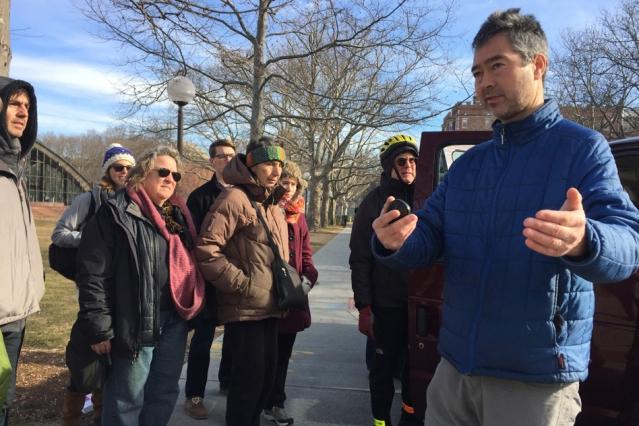
A dozen MIT students and community members clamber into a van on a bright morning in late January. There’s palpable excitement as the van drives down Main Street in Cambridge, Massachusetts, and crosses onto Portland Street. The chilly weather and light snow does nothing to dampen the group’s...
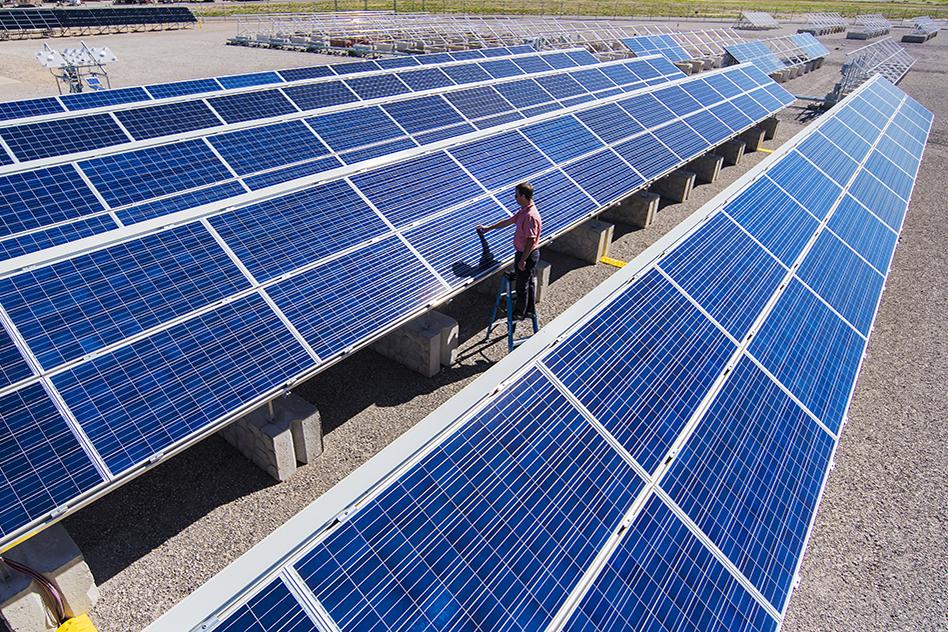

Maria T. Zuber, vice president for research and the E.A. Griswold Professor of Geophysics, recently published an op-ed in The Washington Post that described her personal history growing up in eastern Pennsylvania’s coal country and argued for a strategy to support coal industry workers as the...
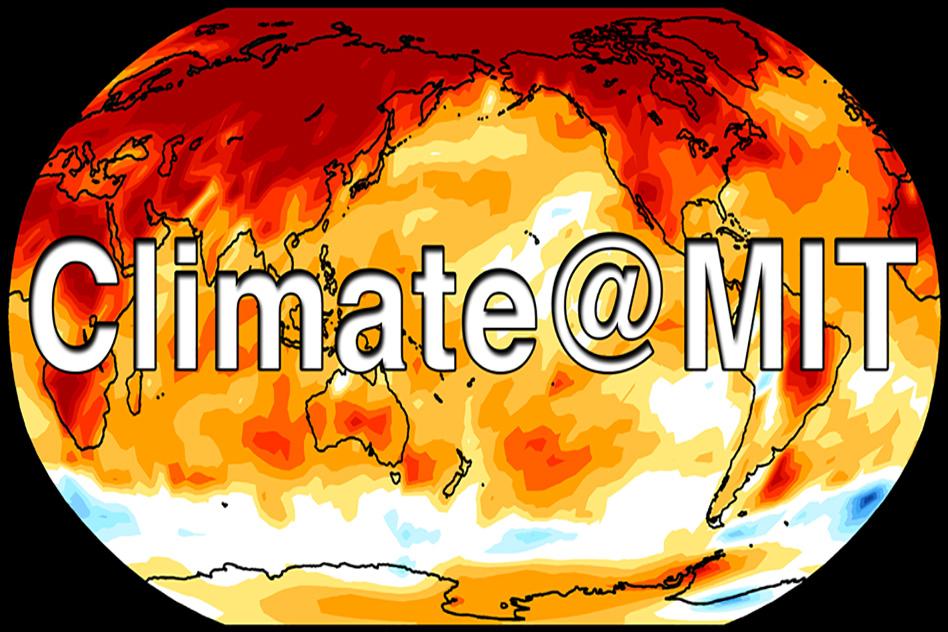
MIT is proud to announce the launch of a new online publication, Climate@MIT, which reports on exciting climate science research on campus and in the field.

On January 20 a new administration entered the White House determined to cut spending on climate change and environmental protection programs, and reduce restrictions on greenhouse gas emissions that contribute to global warming. To help the MIT community better understand what’s at stake,...

Gas-to-liquids (GTL), a process that converts natural gas to liquid fuels such as gasoline, diesel and jet fuel rather than producing these fuels from crude oil, has barely penetrated the energy market, with fewer than 10 industrial-scale plants currently in operation around the world. For...
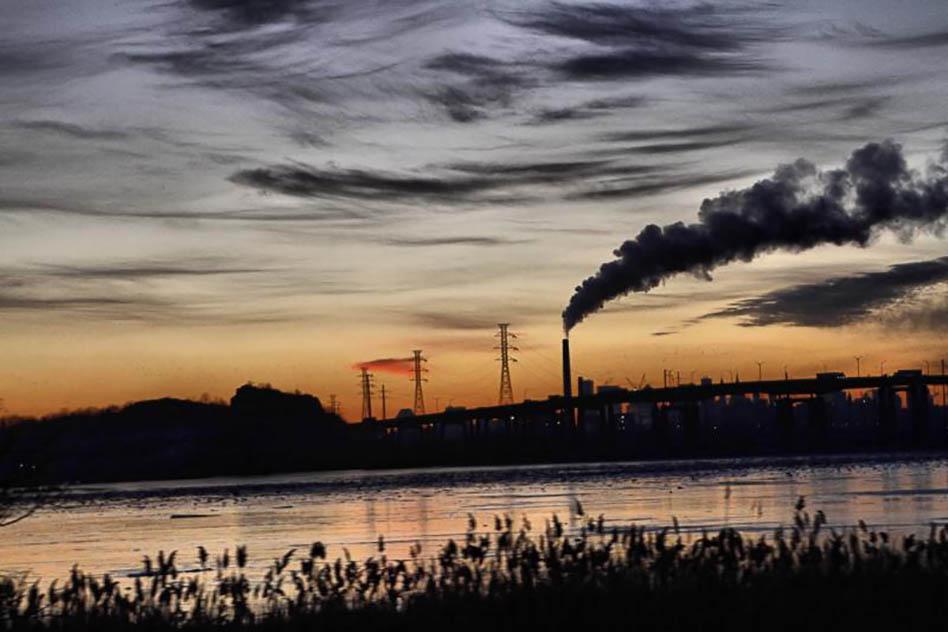
One of the two top air pollutants in the U.S., ground-level ozone is harmful not only to your health but also to your bank balance. Long-term exposure to high concentrations of ozone can lead to respiratory and lung disease such as asthma, conditions that drive up medical expenses and sometimes...
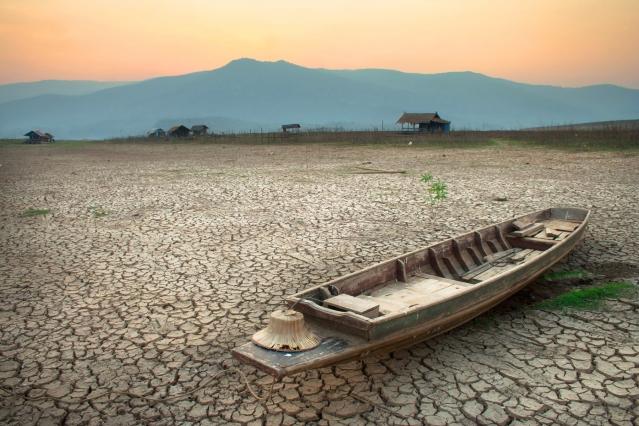
Science and technology are essential tools for innovation, and to reap their full potential, we also need to articulate and solve the many aspects of today’s global issues that are rooted in the political, cultural, and economic realities of the human world. With that mission in mind, MIT's...

To estimate the long-term impact of climate change on crop yields, scientists usually use one of two methods. The first, process-based crop models, simulate the combined mechanistic effects of weather, soil conditions, pest damage and other factors on crop growth and yields. The second,...

